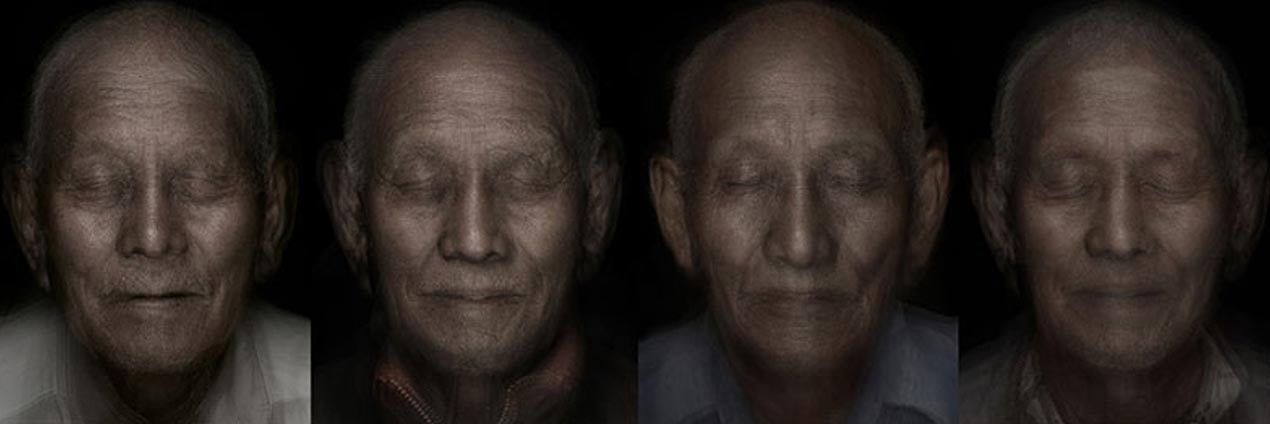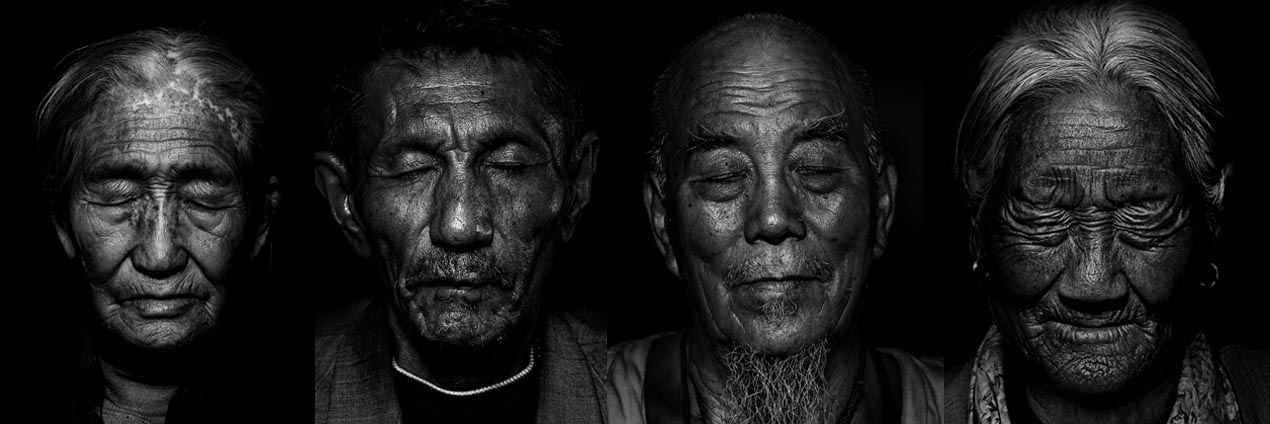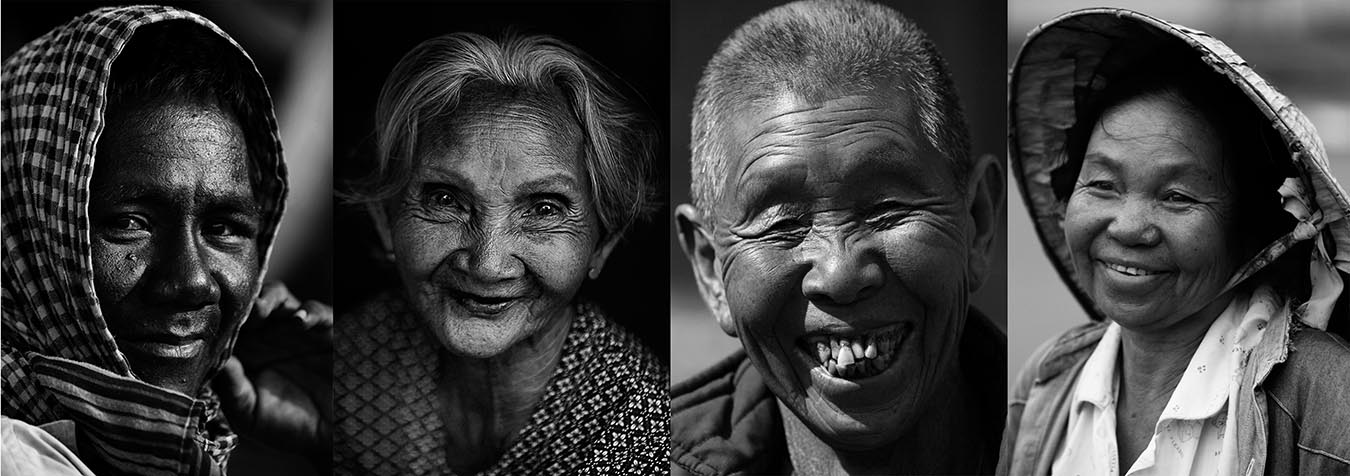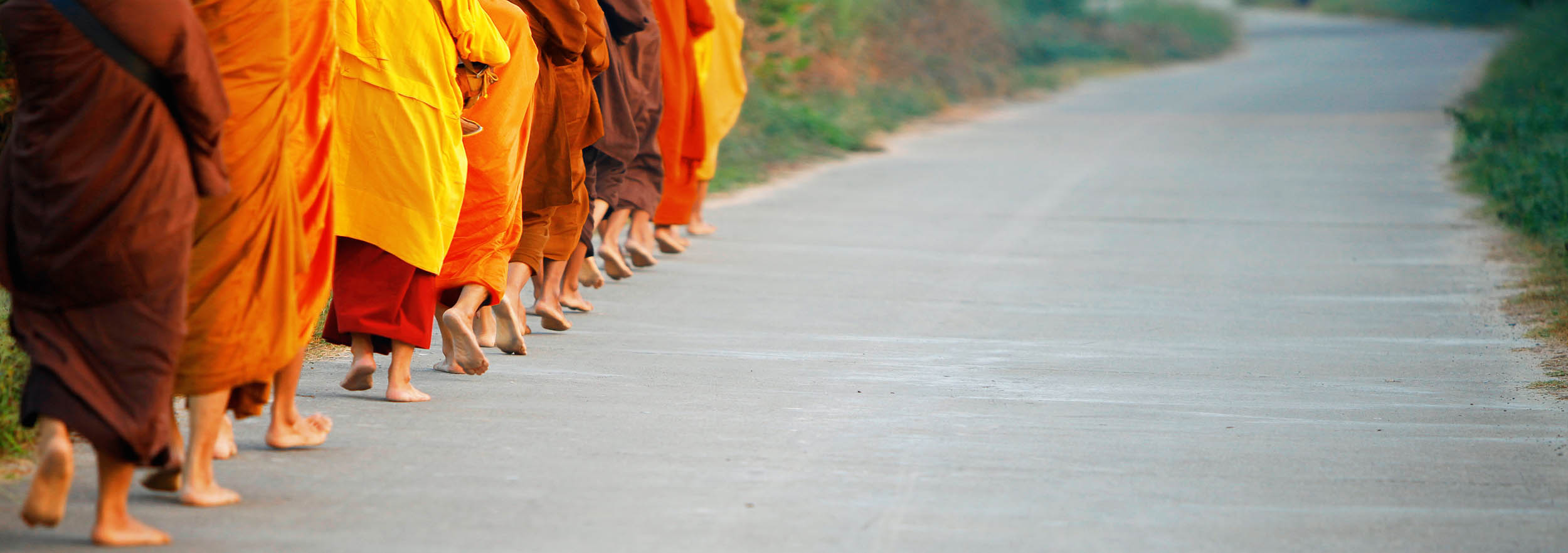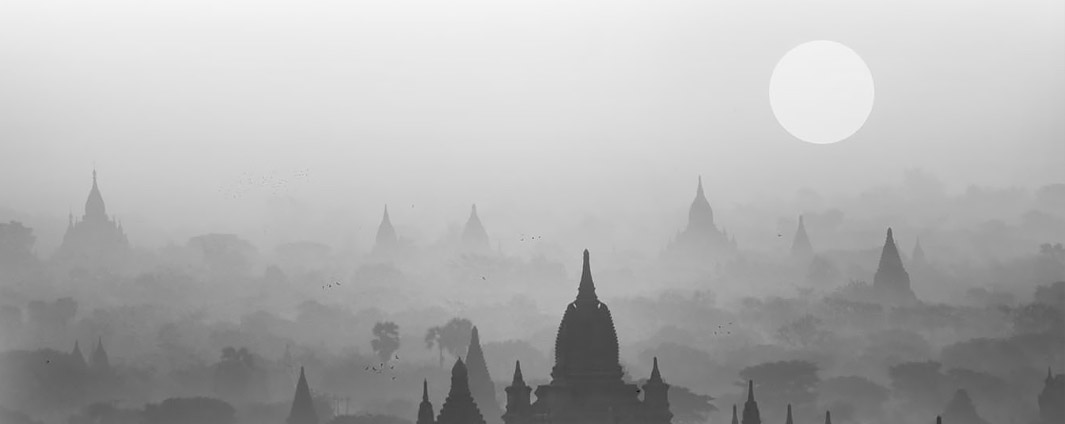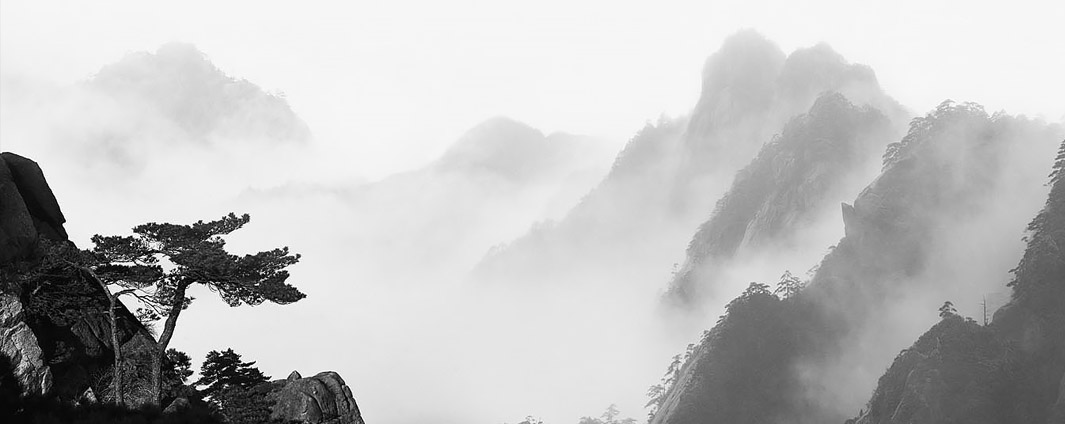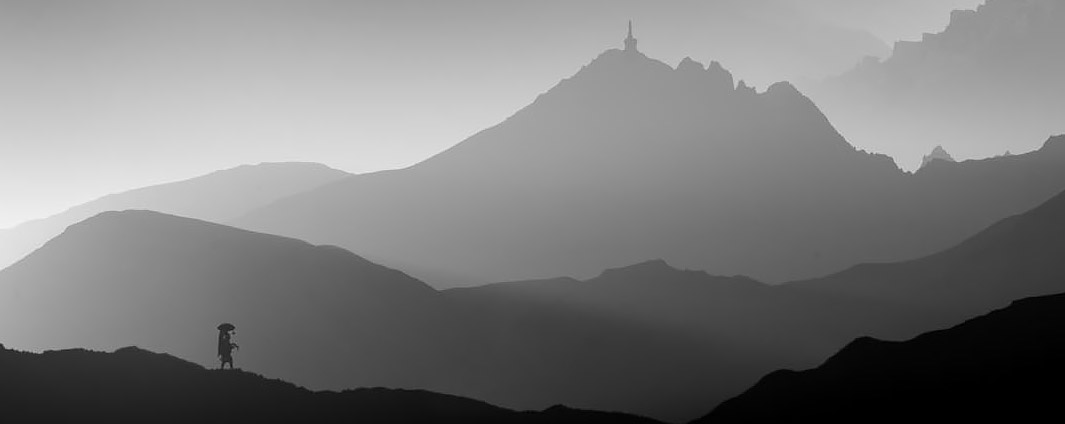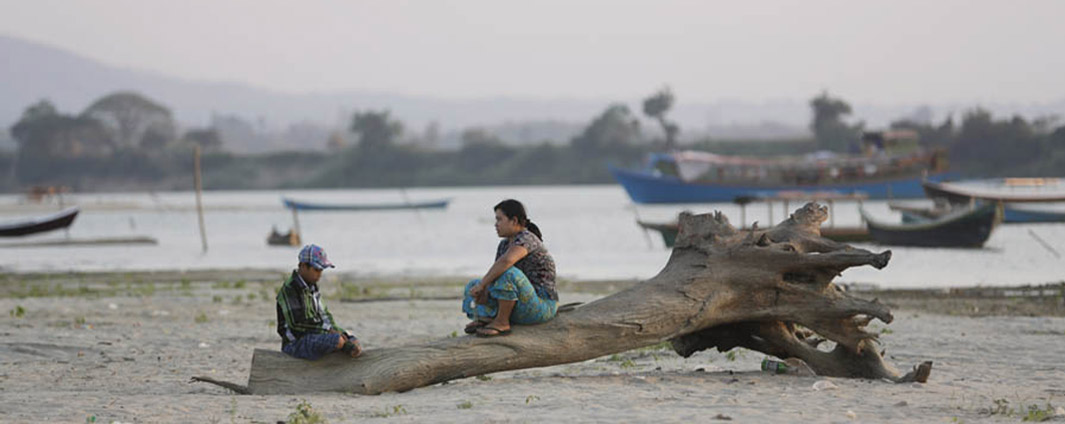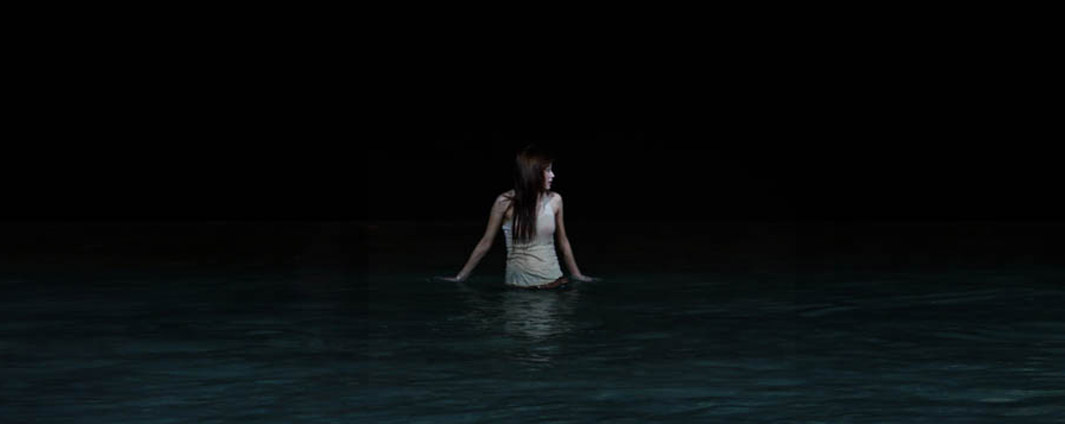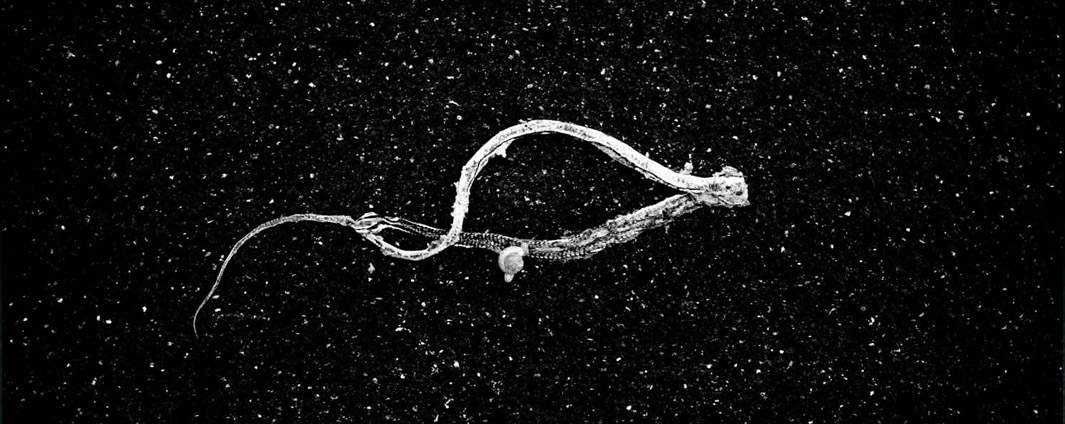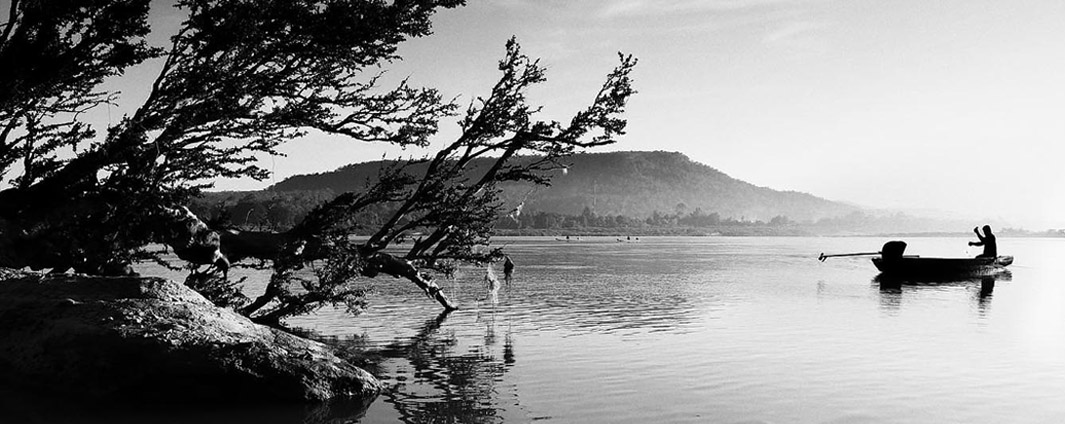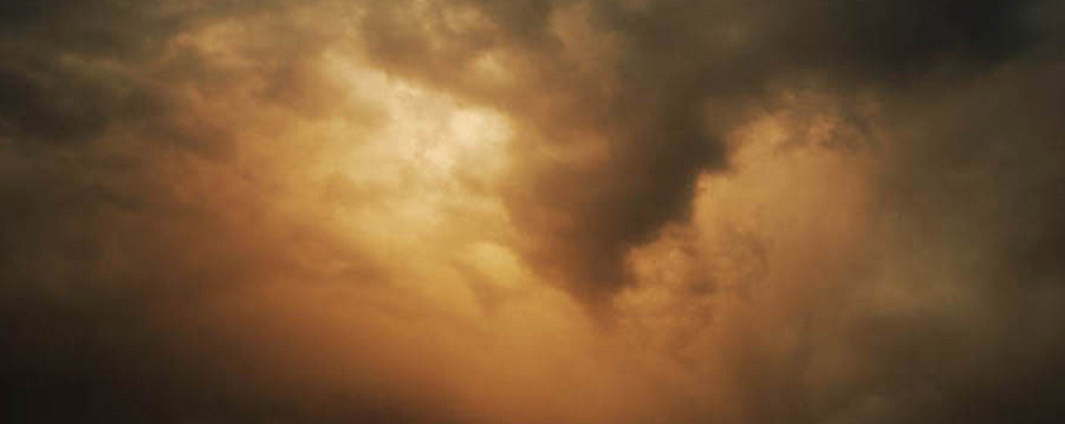“Trace of Dreams" , is an intimate portraits of Tibetan diaspora, that seek to explore the spiritual linkage among Tibetan who live on remote refugee camp, situated on the eastern fringe of Himalaya, After being forcibly to exile in 1949, today many Tibetans diaspora still remain optimistic about a chance of return home.
When face obstacles in life, Tibetan take refuge in a prayer, a solemn request to a deity to protecting and dispel the miseries from their beloved. I want to explore the spiritual linkage within their devotion their tolerance and compassion, the energy that creates an everlasting bond between them. There is a visible intimacy among these people, a trace that yearn for sharing life with one another. Which is sustained by hope. Even there is no guarantee about the future.
What is fundamental nature of time? Time is represented through change , neither does time exist without change. “Still Life /Still Death” is contemplate on the transience decline of all conditioned phenomena through photographic medium, to realize that everything arises in the beginning everything transform in the middle and everything falls away in the end. As through photographic medium allows me to make visible what would otherwise be invisible. To record the indefinite continued progress of existence.
This photo journey is about Buddhist pilgrims I have encountered in the last six years. Inspired by the storiesof the Buddha, I have travel along Buddhist pilgrimage route in South & Southeast Asia including Himalaya region. For more than two millennia since Buddha’s time followers of the Buddha have found that the key to our happiness does not rely in material processions rather true happiness can be found in the mind of those who seek the well-being of all beings. Today the legacy of this noble truth is not evidenced in thousand year old temples and sacred Buddhist texts. Rather the real witness of true happiness lives on with the people who practice the Buddhist teachings.
This Asian Pictorialism which refers to a style in which the photographer has somehow manipulated what would otherwise be a straightforward photograph as a means of "creating" an image rather than simply recording it.I took the medium of photography and reinvented it as an art form, placing beauty, tonality, and composition above creating an accurate visual record. this work has evokes a haunting dreamlike version of reality. Neither literal nor abstract but somewhere in between, it conjures up a poignant visceral feeling rather than engages the intellect.
Not long ago I had considered life as pointless as we are ‘born to die’ . looking for but not finding the way to escape from anxious of expectation in life. I decided to temporary renounce the world and adopting ascetic life as Buddhist monk. I started wander endlessly on foot from Northern to central part of Thailand. Without any money, I only depend on only food and water receive from alms-bowl offer by villager. During the walk my life become slower but more delicate. I had become more mindfulness to the detail surrounding things that I did not pay attention before. I can contemplate on the misery of other living. I learned to accept that life is full of unfairness. But to cultivate compassion is a secret for our survival in this harsh world. I have found peace in my mind among other pilgrims who show me that the people who have less materialize can be blissful in their life. This body of work is not intent as photo essay. It may not clarify any account or knowledge about Buddhist monastic life. But it act as personal memoir, the transformative experience I grain from this path.
A strange encounter with an everyday life, my work calls to our attention to the hybrid world where we living in, where all boundaries are abolish, all spaces are uncertain. All the characters are unrelated. It is the setting for spatial and temporal dislocation, the work is devoted to an open-minded and playful way of looking at the world, a strange moment of confrontation where life seem to be discontinue and overlap between something that that is foreign and familiar, fact and fiction, past and present.
On a long night along a lost road, there a dead dog, an unrecognised obliterated beauty that left behind unmemorable but traceable across a million miles of soulless rubber.
Road kill is something we overlook in our live .
This project is an attempted to inviting us to mourn death and thus turning their normally ungrieved live into grievable ones . these image bring the us face-to-face with the terrifying beauty of death. it offer us an opportunity to stay with these images of the death and quietly contemplate their relationship to these animal and their death.
Mekong is a western term and a perversion of Mae Nam Khong, loosely translated from its Thai/Lao origin as “Mother of Water.” Born on the Tibetan Plateau, its source belches up through a rock spring to gravitate south for 2700 miles, (4350 km) through China, Myanmar, Laos, Thailand, and Cambodia before merging its essence with the South China Sea in the marshy delta of southern Vietnam. The Mekong is the main trade route that unites these seven nations in a round the clock whirlwind of commerce that words are hard put to define. Think of the world’s largest open-air market and social gathering that never stops to catch its breath.
In search of lost Eden is an exploration of the indigenous people in Jaffna, The colonization period of Christians in Sri Lanka lead the local to believe that Sri Lanka is the lost Eden where Adam, the first Ancestor of man, set foot as he was exiled from the Garden of Eden. Minority Tamil, a victims of invasions, oppression, and geopolitics, the minority Tamil remain in a state of flux, spread over an area of Jaffna peninsula. This is a photographic journal that reveal a stage of juxtapose a crash between religious and science , primitive and colonization, ancient and progress, myth and reality. All seem strangely coexist.



